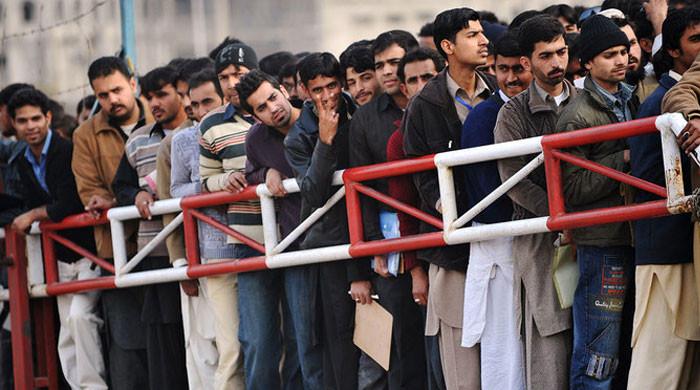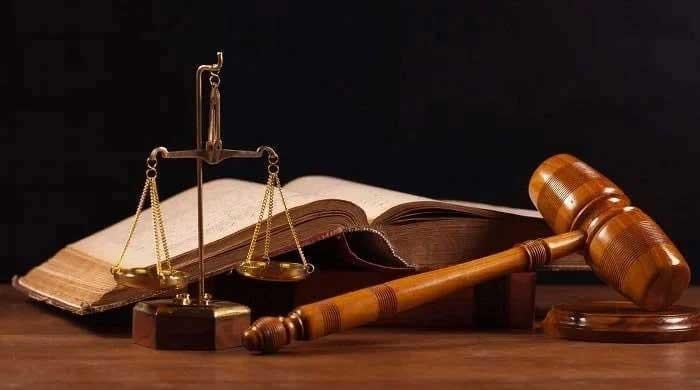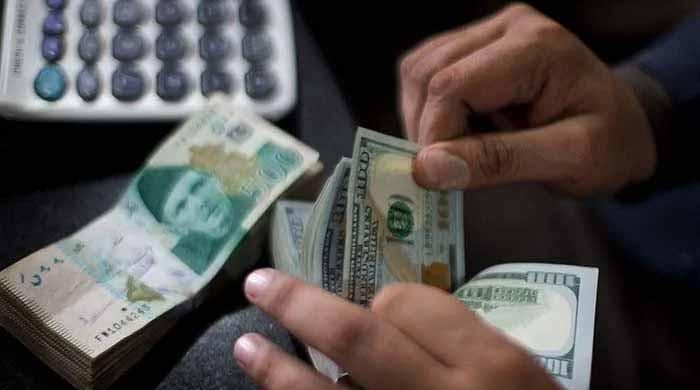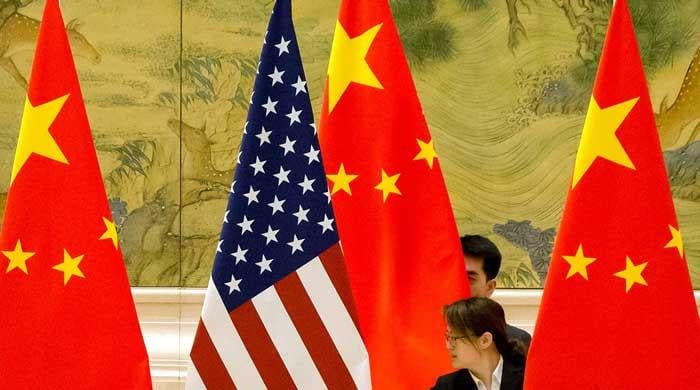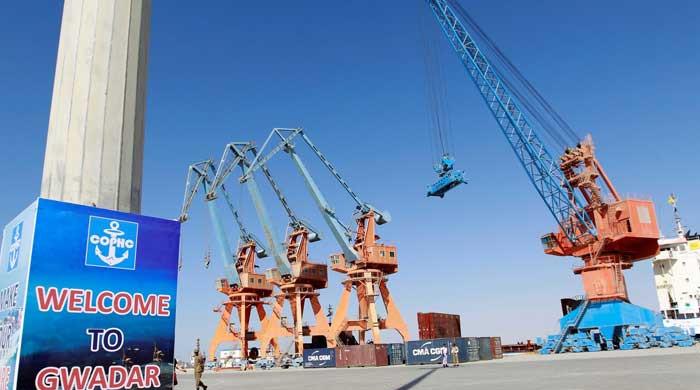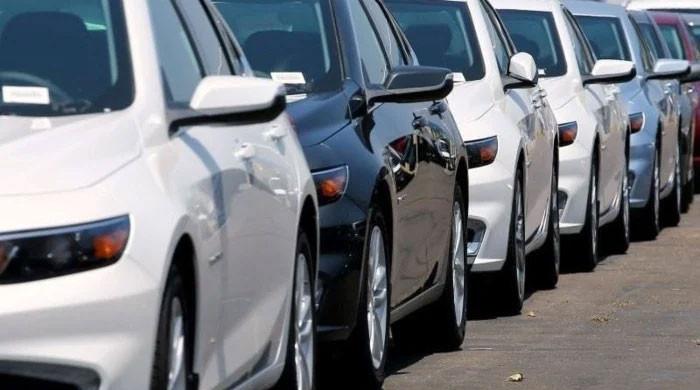Fighting corruption
They say, the road to hell is paved with good intentions. In our case, it is paved with popular judgments that focus on individuals but do nothing to go to the heart of the matter.
December 18, 2017
One of the biggest myths of our times is that the Supreme Court is the last bastion against organised corruption and, with sword and sickle in hand, judges are slashing well-entrenched leeches that are bleeding the country white. Like all myths, this is good as a sweet bedtime story at the end of a rough day, but it bears no relevance to reality.
As last week’s verdicts indicate, the more the myth is prolonged the greater the damage to the judiciary’s ability to perform its core functions, including providing justice and generating jurisprudence that sorts out institutional chaos in the long run. There are good reasons to assert that this myth of the superior judiciary being a vanguard of the national treasury, fighting hideous criminals and busting gangs of dacoits has made the national effort against corruption harder, if not impossible.
There are equally convincing reasons to argue that the courts are being dragged into a marshland of dirty politics that can stain their reputation beyond redemption, wrecking their credibility and alarmingly pitting them against parliament which sees its power being usurped.
The myth gets destroyed on the touchstone of the Supreme Court’s own verdicts in two of their most popular cases in the last six months. The Panama verdict, hailed as a gigantic leap towards a ‘corruption-free Pakistan’, did not move the debate on corruption an inch forward. By using an iqama as the ground for disqualifying Nawaz Sharif, the famous five judges actually admitted to the limits of their court in tackling alleged corruption in high places.
They had to send a sitting prime minister packing – not by unearthing hidden heaps of stolen money but by using a bizarre technicality that at times is too embarrassing to be cited as a reference in serious cases before other benches. The ‘anti-mega corruption’ drive of the Supreme Court’s Khosa bench had to rely on the same National Accountability Bureau that they took the life out of by criticising. It is the same NAB which is now being dragged in the mud by the PTI because of its alleged ‘collusion’ to get Shahbaz Sharif and the rest off the hook in the Hudaibiya paper mill case.
The Panama case references in NAB, driven by the Khosa bench judgment through the implementation bench, may get completed within six months but by being Nawaz-family centred and thus deeply mired in controversy, their outcome will remain contested.
More to the point, the model of dealing with big corruption that the Panama verdict supposedly generated is so problematic that it is almost impossible to replicate, and therefore is of no use in the larger fight against corruption. Consider the seemingly similar disqualification (but in a different case) of PTI General Secretary Jehangir Khan Tareen, in which the same article of the constitution that had knocked out Nawaz Sharif was applied.
The Saqib Nisar bench again had to rely on extreme technicalities to justify its adverse verdict against Tareen. However, it could do nothing about the vast area of financial impropriety, including insider trading and questionable settlement of the crime with the Securities and Exchange Commission of Pakistan on very suspicious grounds, that the bench was able to document. There are fascinating details of how loopholes in the tax laws are used to avoid taxes, how questionable lease agreements furnish the basis of financial empires and how banks write off loans to companies that – on the face of it – are created for the purpose of getting loans. But even though the Saqib Nisar bench verdict bypassed the entire network and instead used a narrow path to disqualify Tareen, the decision was dubbed as ‘balancing’ by the spokesperson of the PTI. He seemed to imply that the bench essentially passed the verdict to be seen to be fair to both sides of the political aisle.
Interestingly, the same bench also acquitted Imran Khan by giving a totally different take on the requirement of the declaration of an asset like an offshore company in tax and nomination papers as compared to what the Khosa bench had laid down for Nawaz Sharif and his daughter, Maryam Nawaz. In other words, two benches of the same court could not agree on how to treat the asset declaration requirement in two cases that are advertised all over the media as milestones in combating corruption.
The third verdict, in the Hudaibiya case, took a totally different judicial course as the honourable judges refused to even entertain the much-loved report of the Panama JIT as a basis for allowing NAB to restart an investigation into money-laundering charges.
So after over a hundred court hearings spanning two years, six benches (three in the Panama case alone) at different phases of two cases that took up endless national attention and paralysed administration and governance by generating political conflict as a side product, have yielded nothing – and I mean nothing – by way of a strategy to fight corruption. In fact the verdicts have put the Supreme Court in the eye of a double storm: Nawaz Sharif’s disqualification and Imran Khan’s acquittal have the N League crying foul-play while Tareen’s disqualification and the Hudaibiya verdict have led to the PTI spewing poison.
Parliament has used the Supreme Court intervention in the ‘jihad against corruption’ as a way to postpone legislation on the subject. Vested political interests within the political fold have created distractions in the debate on corruption in the name of fighting for the rights of parliament against the judiciary. The provinces have either stuck to old, ineffective ways against corruption (Punjab and Balochistan) or have used this times to fix for themselves a system (as in Sindh) that will not touch the mighty corrupt. Khyber Pakhtunkhwa has been held hostage to Imran Khan’s politics of prime ministership on the issue of corruption and no headway has been made in combating corruption and corrupt practices. KP’s dysfunctional Ehtisab Commission is a monument to the PTI’s tragic performance in this vital area.
The myth of the Supreme Court cleansing Pakistan of corruption has produced some results, but these are all in the realm of political and media drama whose various characters remain in the play by peddling the theme that the judges are doing a great job. These characters want the myth to continue because it is in the guise of this myth that they hope to achieve their political aims. To them, the Supreme Court battling corruption is a convenient way to settle political scores and realise ends that they cannot achieve otherwise. The same goes for the establishment, whose purposes are well-served when judges get themselves deployed in tackling politicians, thereby triggering wars that kill both each passing day.
The sad fact is that the Supreme Court’s recent interventions have messed up the debate on corruption in Pakistan. They have expanded the political conflict, retarded whatever chances there were of consensus legislation on combating corruption and so deeply fractured the national landscape that it is will be no less than a miracle for a rational and purposeful anti-graft discussion to shape up in the years ahead. Both politicians and the establishment have gamed the Supreme Court on the subject by deliberately inflating the impact of judicial verdicts on cleansing the Augean stables of the country. Nothing that can be even remotely called ‘cleansing’ has happened in Pakistan.
Corruption is rampant. It is firmly rooted. It is systemic. It thrives on the noxious nexuses of land, banking systems, offshore accounts and companies, discretionary powers, secret funds, building contracts, real estate and the absence of a legal system that could hold back its rampaging and rapacious hands. Corruption has many crevices and layers to hide in, but now the newest and the most prominent one is the smoke and mirrors that the Supreme Court is creating ‘naya Pakistan’. That the judges will deliver us an honest system.
The illusion and the myth that has given it birth is the biggest guarantee that the corrupt of Pakistan are using to continue to ride their gravy trains. They have no fear as the Supreme Court cannot take up every corruption case. At any rate, it is so consumed by the politics of corruption cases that there is hardly any scope left to evaluate corruption as a systemic ailment and not an individual act. As they say, the road to hell is paved with good intentions. In our case, it is paved with popular judgments that focus on individuals but do nothing to go to the heart of the matter.
-Hussain is former executive editor of The News and a senior journalist with Geo TV. He tweets: @TalatHussain12
Note: The views expressed are those of the author, and do not reflect the official policy or position of Geo News or the Jang Group.




